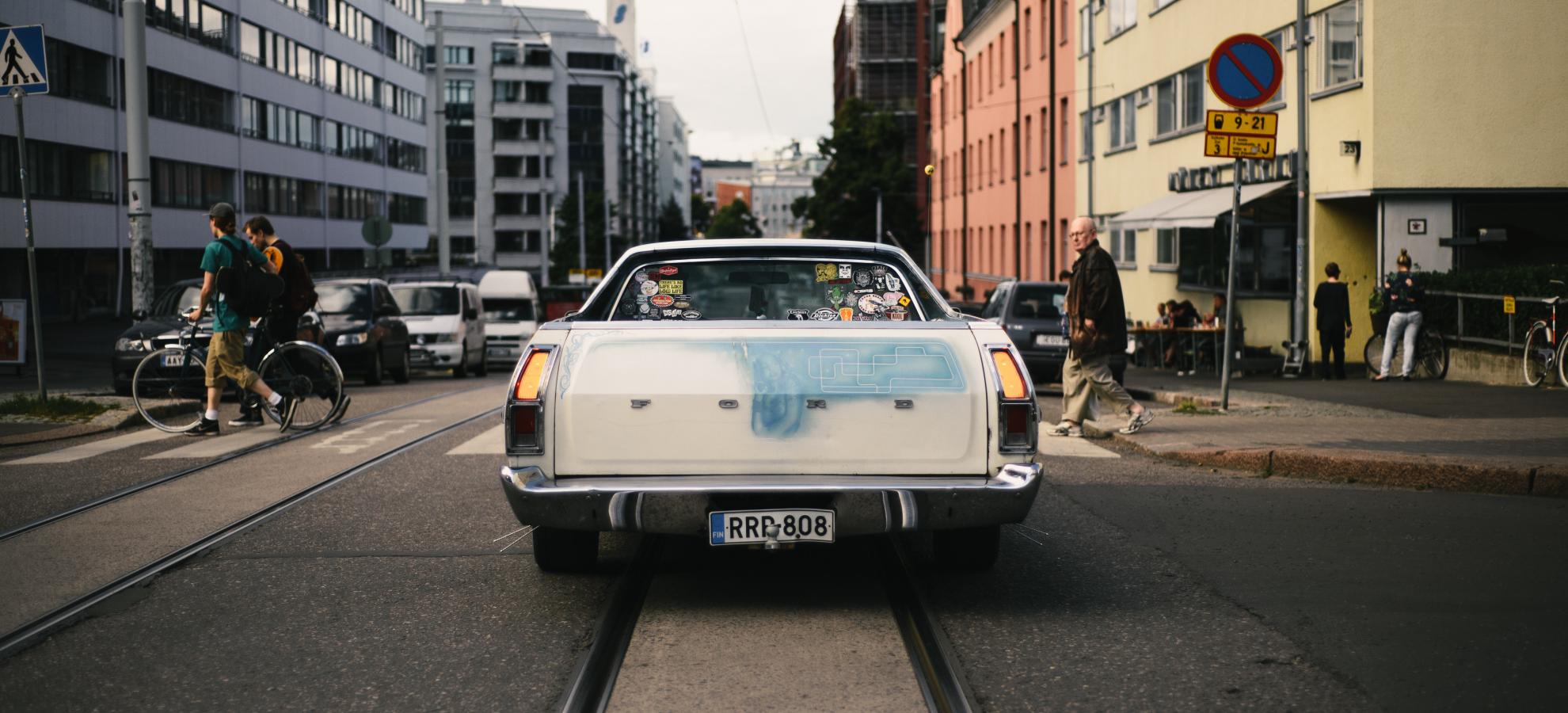
I've been to the corner shop in my pyjamas with a coat thrown on top. I've witnessed a construction worker buying a beer for breakfast and a slot machine once again stealing the day's food budget from an old lady. Next to these scenes, the Salvation Army is handing out bread for those in need. If someone slumps down onto the pavement, a passer-by will check that they're ok. There is space in Kallio.

This district at the eastern end of Helsinki is in essence the cultural heart of the city. The densely inhabited Kallio, has in recent years sparked new interest amongst Helsinkians. This formerly working-class neighbourhood, exudes a laid-back, idiosyncratic and spirited vibe with its noteworthy array of boutiques, cafes, restaurants, bars and more.
Kallio, has undergone a facelift and gained in popularity due to the influx of young, diverse and entrepreneurial population. Though the neighbourhood has a strong run-down charm the arrival of trendy cafes, brunch spots and boutiques, has enhanced the appeal of the area.
Kallio is a district in the eastern downtown area. It is Finland's most dense residential zone with one of the highest concentrations of small apartments in the city. Around 90 percent of the apartments are studios or two-room apartments – the area has been attractive for students as well as individuals moving alone to Helsinki for work. The turnover in residents is one of the highest in Finland. Residents live here for 3.5 years on average. Only 23 percent of Kallio residents are Helsinki natives.
The area used to be known as a working class neighbourhood. It has more recently turned into a district for students, young adults, and artists. The population of Kallio is around 29,000.
Development of the area began in the 1860s when a railway line was opened between the Sörnäinen Harbour and Pasila, the major train station on the northern side of downtown Helsinki. A group of industrialists built cheap workforce housing here. Many of the houses were overcrowded. Many units did not have a toilet and a family of four might live together in a single room.
Kallio landmarks include the Kallio Church designed by Lars Sonck in 1912, as well as the Hakaniemi Market Square and Market Hall, which was built on top of land reclaimed from the seain the 1890s. The green residential area of Torkkelinmäki was built on the highest point in Kallio in the 1920s. Two parks worth visiting in the area are the green stretch at Tokoinranta, and Karhupuisto Park ('Bear Park').
Kallio has some of the best shops and places to eat in Helsinki. Local shops, restaurants, bars, and other services are situated on the street level of most apartment buildings in Kallio. The area is also home to one of the most popular, traditional public saunas in Helsinki – Kotiharju. You can recognise this bath house from the towel-clad steaming bodies standing outside to catch some fresh air.
